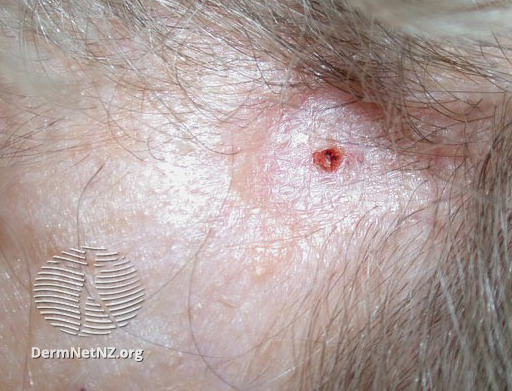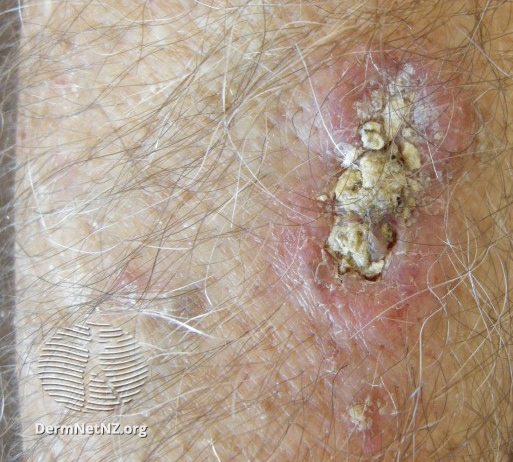Skin Cancer
Each year in the UK approximately 16,800 people develop cutaneous melanoma (2016-2018 average)
Melanoma is curable if treated early with ten-year survival rates of up to 87%
However, more than 10% of people developing melanoma can die from it within 10 years which outlines the importance of detecting and diagnosing cutaneous melanoma as soon as possible (CRUK, 2022)
Non-melanoma skin cancer is more common with approximately 156,000 new cases of non-melanoma skin cancer diagnosed in the UK each year
Non melanoma skin cancer is less likely to lead to death (less than 1% of cases) but the best outcomes for patients are when it is recognized, diagnosed and treated early
The rates of non-melanoma skin cancer have also increased since since the 1990s by about 169% (CRUK, 2022)
Skin cancer can be divided into 2 categories
- Cutaneous melanoma
- Non-melanoma skin cancer (basal cell carcinoma and squamous cell carcinoma)
Please click the buttons below to learn more about these 3 types of cancer:
| Melanoma | Non-Melanoma Skin Cancer | |

a)

b)

c)
Figure 6. Examples of melanoma:
a) superficial malignant melanoma,
b) melanoma of the nail unit,
c) nodular malignant melanoma
Cutaneous Melanoma
- Cutaneous melanoma is a cancer of the melanocytes in the epidermis
- It is most common in older people, but can occur at any age
- UV radiation is a major risk factor that increases the risk of developing melanoma, and melanoma is commoner in those who have had episodic sunburn and who use sunbeds
- Other risk factors include type I skin type (pale skin which burns easily) and having dysplastic nevi
- Rarely, a mutation in the CDKN2A gene can give rise to a syndrome called Familial Atypical Multiple Mole Melanoma (FAMMM) which significantly increases the risk of developing cutaneous melanoma
- General factors that increase the risk of melanoma are:
- A personal history of skin cancer
- A familiar history of skin cancer
- Fair skin that does not tan easily and burns and light-coloured eyes
- Red, blond or light-coloured hair
- History of sunburn, in particular blistering sunburn at young ages (childhood)
- Use of tanning beds
- Old age
- Large number of moles
- Organ transplant recipient
When patients are presenting with concerns about skin lesions it is important to obtain information from them about how many of these risk factors they may have

a)

b)

c)

d)
Figure 7. Examples of Basal Cell Carcinoma:
a) nodular BCC,
b) superficial BCC,
c) morphoeic BCC,
d) recurrent pigmented BCC
Basal Cell Skin Cancer (BCC)
- Approximately 75% of non-melanoma skin cancers are basal cell carcinomas (BCCs)
- BCCs are thought to develop from new keratinocytes in the deeper layer of the epidermis
- They tend to occur in older people and are most common in areas of the body exposed to the sun, such as the face, lower legs, forearms etc.
- BCCs very rarely spread from their site of origin
- There are four different types of BCCs:
- Nodular BCC (most common)
- Superficial BCC
- Morphoeic BCC
- Pigmented BCC
- Having BCC in the past increases your risk of having a second one
- BCC does not tend to metastasise to other parts of the body and is highly curable


Figure 8. Examples of Squamous Cell Carcinoma
Squamous Cell Skin Cancer (SCC)
- Squamous cell carcinomas make up 20% of all cancers and originate from the keratinocytes of the epidermis
- The majority of SCCs develop in areas exposed to the sun such as the face, the arms and the back of the neck
- They can also develop on scars, areas of the skin that were ulcerated or areas of the skin that have been burnt
- It is not common for SCCs to spread to other areas of the body
- However, even though it is rare, it can spread to deeper layers of the skin and from there to lymph nodes and other areas of the body
